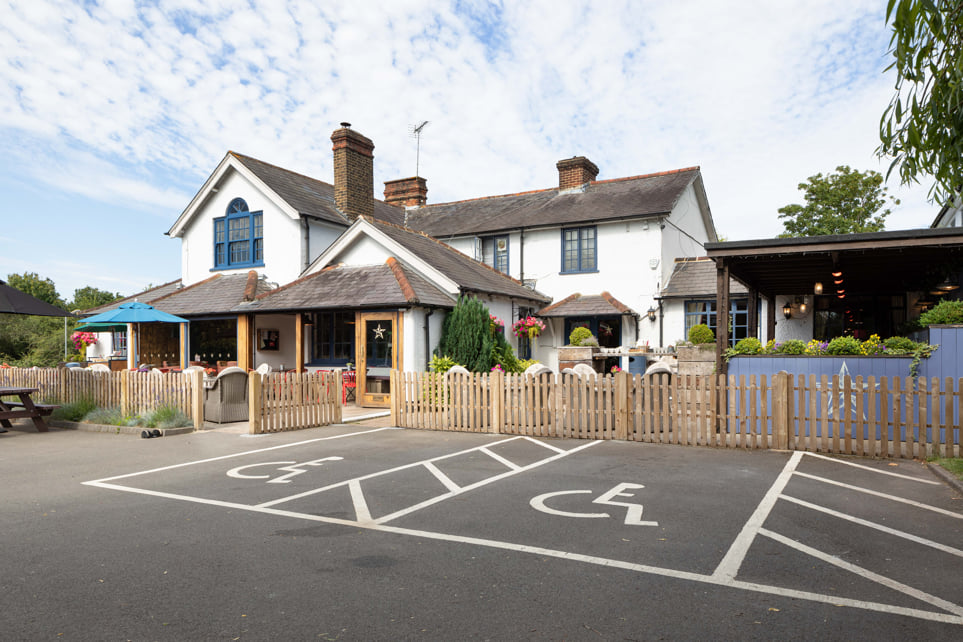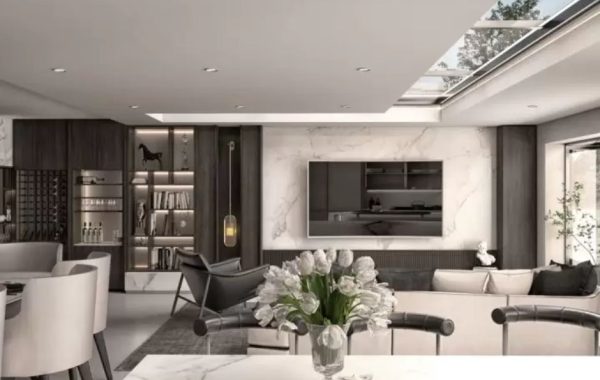
A Comprehensive Guide to Building a Loft Conversion with a Trussed Roof
A Comprehensive Step-by-Step Guide to Planning, Designing, and Constructing a Loft Conversion on a Trussed Roof for Maximum Space and Efficiency
Converting a trussed roof into a functional loft space is a highly sought-after method for homeowners looking to add usable square footage without the hassle of a full extension. While the process is complex—requiring structural modifications and careful planning—a well-executed trussed roof loft conversion can maximize your space and add significant value to your property. This guide offers step-by-step insights, expert tips, and key considerations to help you navigate the process, ensuring an efficient, safe, and cost-effective conversion in the UK.
Understanding the Trussed Roof
What Is a Trussed Roof? A trussed roof is a type of roof construction that became popular in the 1960s and 1970s. These roofs use prefabricated, triangular frames—often forming a distinctive “W” shape, created by intersecting diagonal and horizontal webbing. The design distributes roof weight evenly across the building walls, providing robust structural support and design flexibility.
Key Characteristics:
- Pre-fabricated Components: Manufactured off-site, trussed roof elements allow faster assembly.
- ‘W’ Shaped Design: The interconnected triangular trusses ensure even weight distribution.
- Historical Popularity: Common in homes built during the 1960s and 1970s, a significant portion of UK housing (estimated at over 50 million homes) features trussed roofs.
What Is a Trussed Roof Loft Conversion?
A trussed roof loft conversion involves converting an existing roof space into a livable area. This process necessitates the removal or alteration of the original timber webs that form part of the truss structure, replacing them with reinforced supports (steel or timber beams) that will carry the additional load of a new floor.
Key Points:
- Structural Reinforcement: Removal of original trusses must be compensated with new structural supports to maintain the roof’s integrity.
- Detailed Inspection: A structural engineer is critical to assess whether and how the conversion can occur without compromising the building’s safety.
- Custom Design: The conversion process must be tailored to meet headroom requirements, load distribution criteria, and energy-efficiency standards.
Challenges of a Trussed Roof Loft Conversion
Converting a trussed roof is inherently challenging due to its integral role in a building’s structure. Key obstacles include:
- Load Distribution: Trusses are designed to distribute weight; removing or modifying them without proper reinforcement can risk collapse or structural failure.
- Maintaining Structural Integrity: Temporary supports are required during the removal process to maintain the roof’s stability.
- Headroom Considerations: Traditional trusses often have a pitch height of around 2.5m, while modern designs may offer up to 3m. Adequate headroom must be planned to ensure the loft is habitable.
- Insulation and Ventilation: Adding insulation for energy efficiency and installing proper ventilation (through roof vents, skylights, and exhaust systems) is crucial to maintain a comfortable living environment.
- Adhering to Regulations: Meeting building regulations and obtaining necessary planning permissions can add layers of complexity and cost.
Key Considerations Before You Begin
Before proceeding with a trussed roof loft conversion, consider the following assessments:
- Structural Integrity
- Engage a structural engineer to conduct a thorough inspection.
- Assess the current state of the trussed roof and determine the new load requirements.
- Headroom and Usable Space
- Measure current roof pitch height.
- Determine if additional modifications (such as raising the ridge or adding dormers) are necessary to create sufficient liveable space.
- Insulation and Energy Efficiency
- Evaluate U-values for roof, wall, and floor insulation.
- Aim for target U-values (e.g., roof 0.17 W/m²K, walls 0.27 W/m²K, and floor 0.18 W/m²K) to ensure an energy-efficient conversion.
- Staircase Requirements
- Plan for a new staircase with a width of at least 600-700mm.
- Ensure that the inclined height of the staircase’s handrail is under 42 degrees and that headroom above the stairs is at least 2m.
- Ventilation
- Incorporate roof vents, skylights, and windows to maintain adequate airflow.
- Consider exhaust fans where necessary to remove damp or stale air.
- Planning Permission and Regulations
- Consult your local planning authority to determine if the planned alterations require approvals.
- If your property is listed or located in a conservation area, additional permits may be necessary.
Step-by-Step Guide for a Trussed Roof Loft Conversion
At Studio20 Architects, we have extensive experience in complex loft conversions. Our proven process ensures a seamless transformation of your trussed roof into a valuable living space:
- Hire a Structural Engineer
- Start by engaging a qualified structural engineer to assess the current roof structure.
- They will advise on necessary modifications and temporary support requirements.
- Draft the Plan
- Work with professionals to draft detailed plans and sketches defining the loft space, including layout, headroom, and structural reinforcements.
- Address all potential complications early in the design process.
- Obtain Necessary Permissions
- Submit your plans for planning permission and building regulations approval.
- Ensure that all structural changes and insulation specifications meet UK standards.
- Truss Removal and Reinforcement
- Carefully remove selected timber webs under the guidance of your structural engineer.
- Immediately replace removed trusses with steel or timber beams to maintain structural integrity.
- Install temporary supports during this phase to safeguard against collapse.
- Modify the Roof Structure (if necessary)
- If headroom is insufficient, consider raising the ridge or incorporating a dormer window.
- Carefully plan roof alterations to maximize usable space without compromising stability.
- Reinforce and Install the Loft Floor
- Strengthen the existing floor by installing new joists or steel supports to ensure the converted area can bear the expected loads.
- Check load-bearing capacity with professional assessments.
- Enhance Energy Efficiency and Ventilation
- Install insulating materials between and above the rafters to achieve either a “hot roof” or “cold roof” configuration as per your needs.
- Ensure proper ventilation systems (roof vents, skylights, and exhaust fans) are integrated.
- Install the Staircase
- Construct a new staircase (straight or spiral) with the required climbing width and headroom.
- Ensure that the staircase design complements the overall aesthetics of the loft conversion.
- Final Finishing Works
- Complete electrical installations (including lighting and outlets) and plumbing if required.
- Apply interior finishes such as plastering, painting, and flooring.
- Add decorative touches that reflect your design vision while ensuring durability and practicality.
Planning Permission for a Trussed Roof Loft Conversion
Permissions typically depend on the scale and nature of the conversion:
- Significant Changes: If your conversion involves adding new windows, altering insulation layouts, or making substantial structural modifications, planning permission is usually required.
- Minimal Modifications: For utility conversions with minimal structural changes, planning permission might not be necessary.
- Listed/Conservation Areas: If your property is located in such areas, additional approvals are mandatory.
Conclusion
A loft conversion using a trussed roof is a sophisticated project that can substantially increase your home’s functionality and value when executed correctly. The key is thorough planning, expert assessment, and adherence to stringent UK building regulations. With careful consideration of structural integrity, insulation, ventilation, and design specifications, you can achieve a seamless conversion that balances modern living with robust construction.
At Studio20 Architects, we specialize in complex loft conversions and tailor solutions to meet your unique needs. Whether you want to create extra living space, a home office, or a new bedroom suite, our expert team is ready to guide you through every step of the process—from initial assessment and planning permission to final finishing touches.
Contact Studio20 Architects Today for Expert Loft Conversion Solutions




